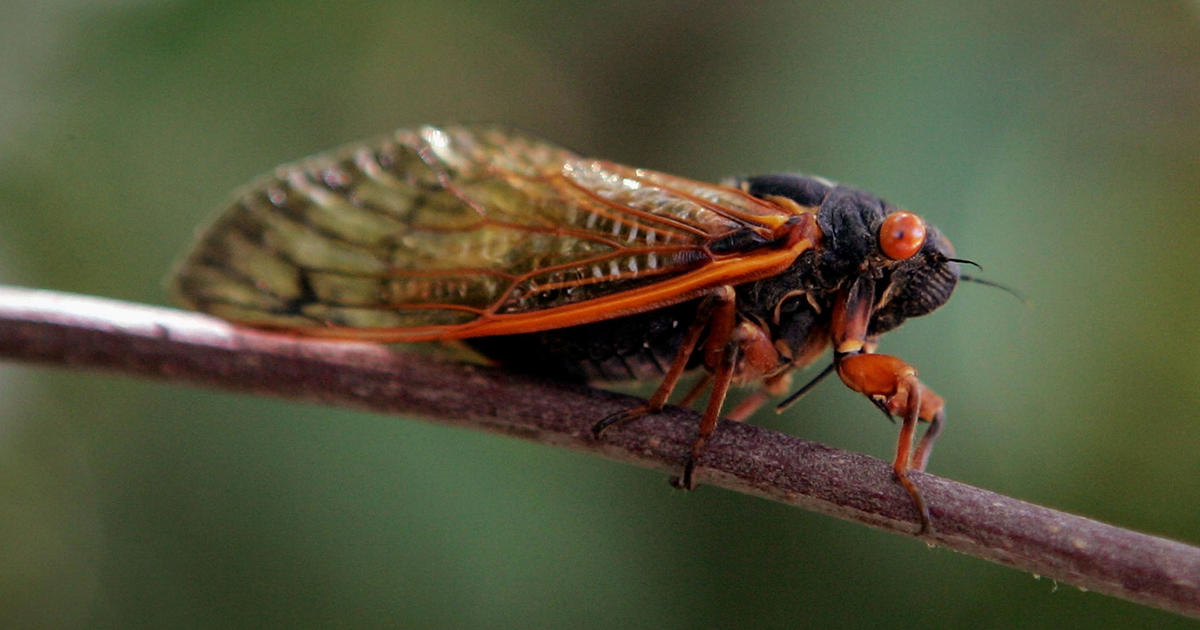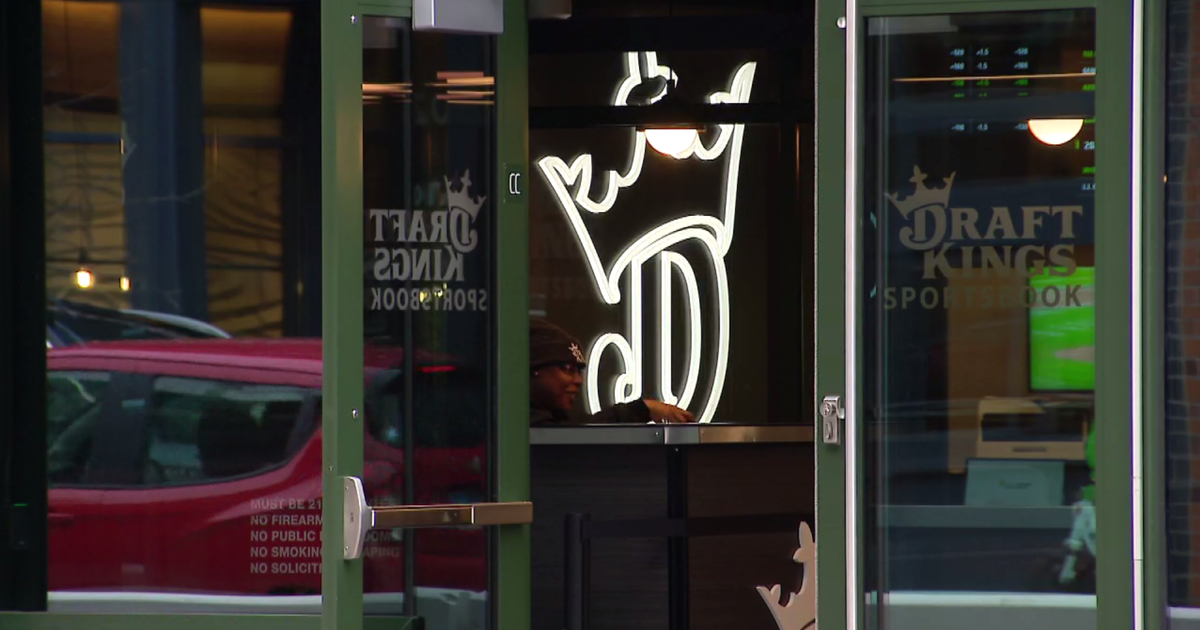Ash Borer Problem Still Growing In Illinois
ST. CHARLES, Ill. (WBBM) -- Five years after the Emerald Ash Borer beetle was discovered killing ash trees in Illinois, the battle is becoming more ferocious.
The ash borer was first discovered in the summer of 2006 in Illinois after having been responsible for the destruction of millions of ash trees in the state of Michigan.
Now, according to Scott Shirmer, the Emerald Ash Borer program manager for the Illinois Department of Agriculture, there probably have been hundreds of thousands, if not millions of ash trees in Illinois that have had to be cut down because of the bug.
LISTEN: WBBM Newsradio's Bernie Tafoya reports
Podcast
Shirmer says 160 communities in Illinois are dealing with the Emerald Ash Borer problem.
The Emerald Ash Borer lays its eggs in crevices in the barks of trees near the top and the larvae burrow their way into the tree and begin feasting on the tree's vascular system.
In St. Charles, city arborist Ben Deutsch says he's been fighting the ash borer problem since 2008. Since then, he figures some 1,600 ash trees have had to be cut down because they were infested with the Emerald Ash Borer.
Out of 20,000 parkway trees in St. Charles, Deutsch says 5,400 of them are ash.
Deutsch says, "We thought last year was bad. This year was worse. We figured next year -- possibly the year after that -- will all be about like this year. Then it'll slow down … one because we'll start running out of ash trees."
On Foxfield Court in St. Charles last week, a tree service removed an ash from the parkway in front of the home of a woman named, Sandy. She says she had an infested ash tree removed a few months ago from her front yard and is sorry to see both trees go.
"It's very difficult because we spent four to five years treating both of them, hoping to save them once we heard the EAB was in Illinois but we didn't quite save them", she says.
Sandy says the trees will be missed, that "you never want to cut down trees."
The state's Scott Shirmer says that, although the Emerald Ash Borer was first discovered in Illinois in June 2006, it probably had infested trees several years before being found.
Shirmer says he doesn't want to say it's a losing battle but that, "we definitely have our hands full".
In St. Charles, arborist Ben Deutsch says that, while the city can still afford it, new trees are planted when infested ash trees are cut down. He says he diversifies the kinds of trees that are planted in place of the ash.
Deutsch says St. Charles spends about $100-thousand a year taking down infested ash trees.
He says it costs about $300 to replace each tree taken out.
Signs an ash may be infested with the Emerald Ash Borer include thinning amount of branches at the tops of ash trees, or fewer leaves, and an increased presence of woodpeckers at ash trees.



